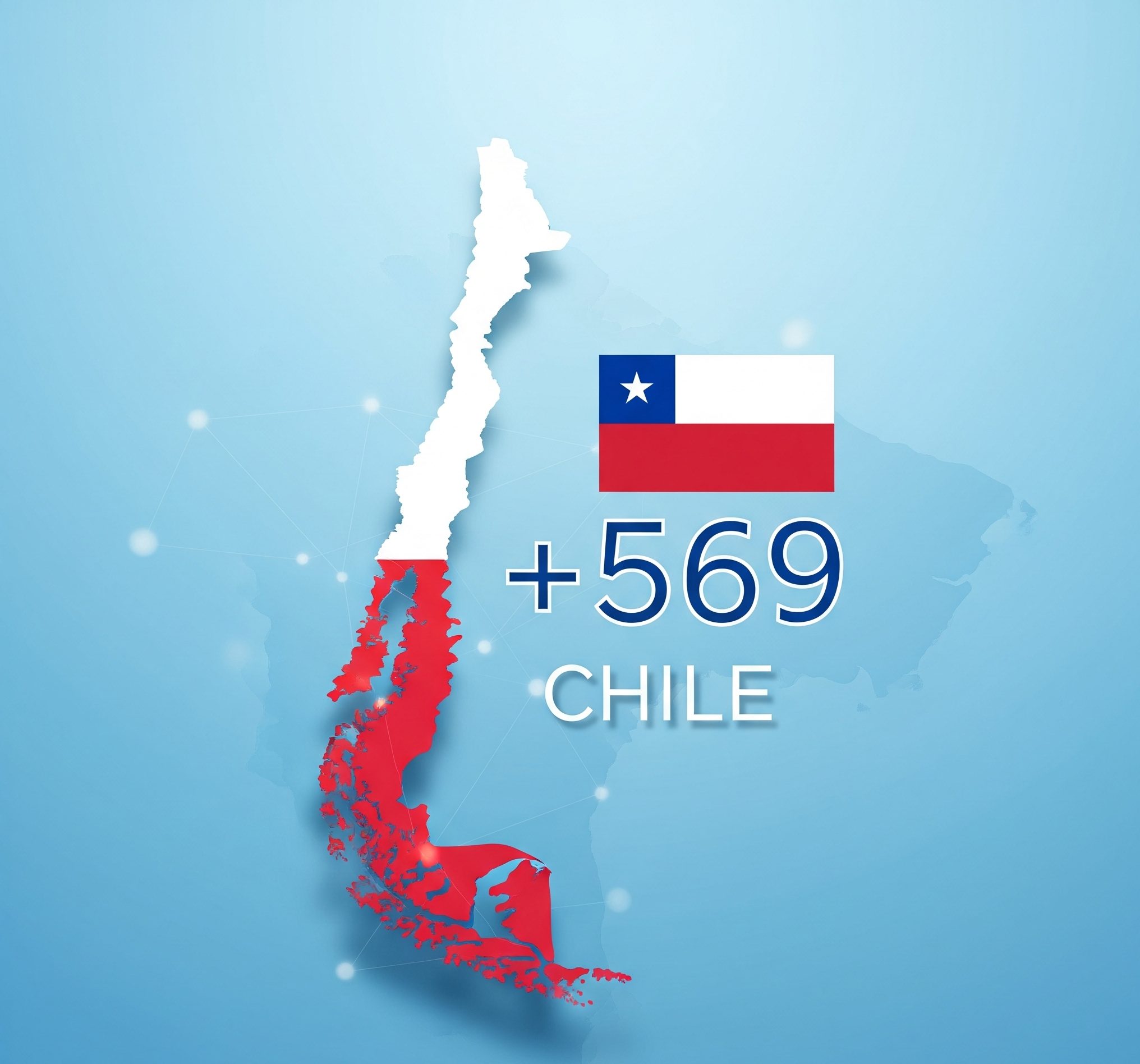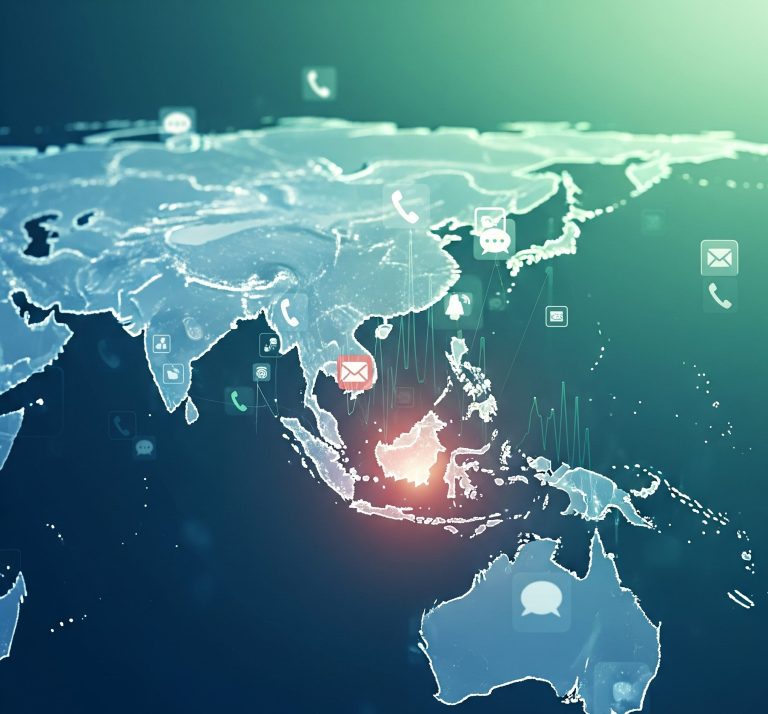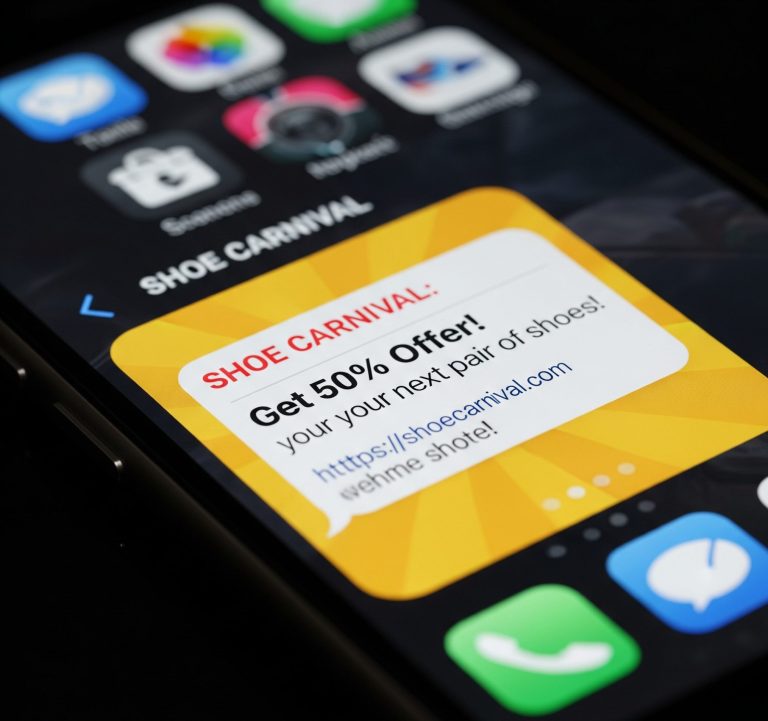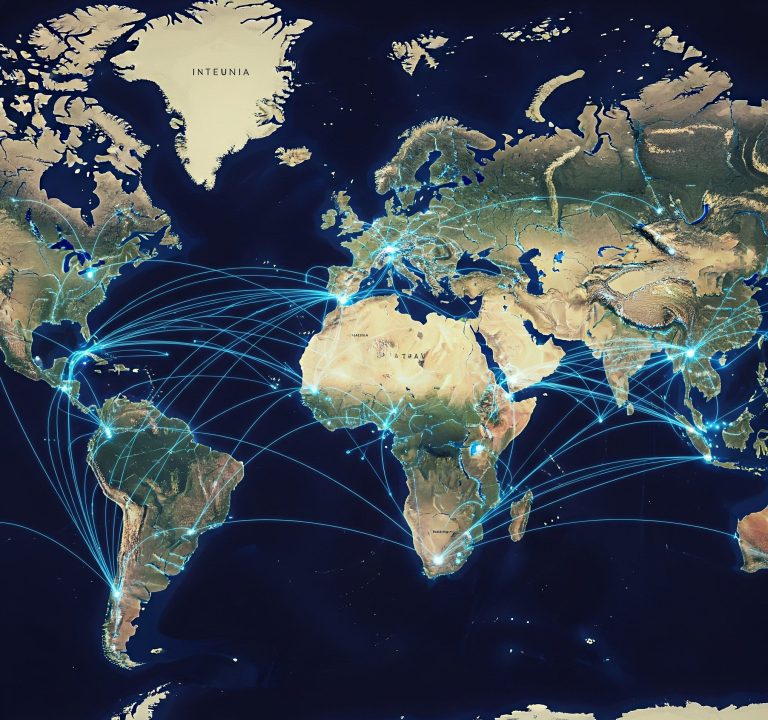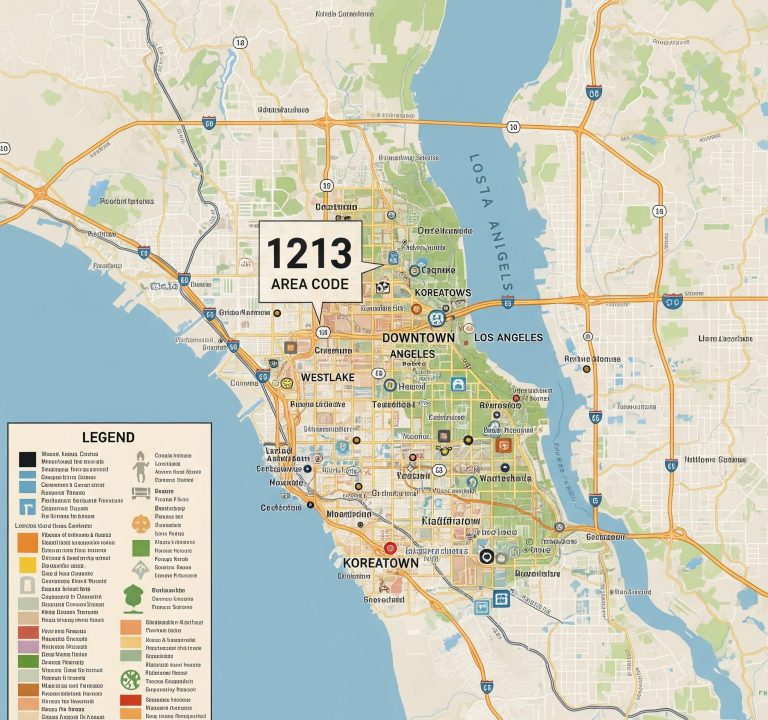In our increasingly interconnected world, understanding international dialing codes is crucial for seamless communication, whether for personal connections, business ventures, or global trade. While many are familiar with common country codes, some, like the 569 country code, often spark curiosity and confusion. This article will delve into the identity and implications of the 569 country code, providing a clear guide for our American audience on its use and broader context.
Contents
What is a Country Code?
Before we pinpoint the 569 country code, let’s briefly revisit the concept of country codes. A country code, also known as an international dialing code or IDD code, is a telephone dialing prefix that designates a specific country or group of countries for international calls. When you dial internationally from the United States, you typically start with an exit code (usually ‘011’), followed by the country code, and then the local number. These codes are part of a global numbering plan established by the International Telecommunication Union (ITU) to ensure that calls can be routed correctly across different telecommunications networks worldwide.
Unveiling the 569 Country Code: Identifying Its Home
For those wondering about the 569 country code, it’s important to clarify its primary association in the context of international dialing. The direct international dialing code +569 is indeed used for Chile, specifically for mobile numbers within Chile. While Chile’s primary country code for landlines and general use is +56, the +569 prefix is a specific identifier for mobile phone numbers in that nation. This distinction is vital for successful international calls.
It’s also worth noting that in other contexts, particularly related to product barcodes (GS1 prefixes), the code 569 is associated with Iceland. However, for telephone communication, the 569 country code (or rather, the +569 prefix) points to mobile services in Chile. This highlights the importance of understanding the context in which these numerical codes are used.
Why the Specificity? Understanding Mobile vs. Landline Prefixes
The existence of a distinct prefix for mobile numbers, such as +569 for Chile, is not uncommon in the world of telecommunications. Many countries have evolved their numbering plans to accommodate the proliferation of mobile phones. This separation helps in:
- Routing Efficiency: Network providers can more efficiently route calls knowing whether the destination is a fixed-line or mobile service.
- Billing and Tariffs: Different rates often apply to calls made to landlines versus mobile phones, both for the caller and the recipient.
- Number Portability: It facilitates the implementation of number portability, where users can keep their phone numbers even if they switch service providers.
For an American caller, understanding that dialing +569 is specifically for a mobile number in Chile, while +56 would be for a landline, is a key piece of information for successful and cost-effective communication.
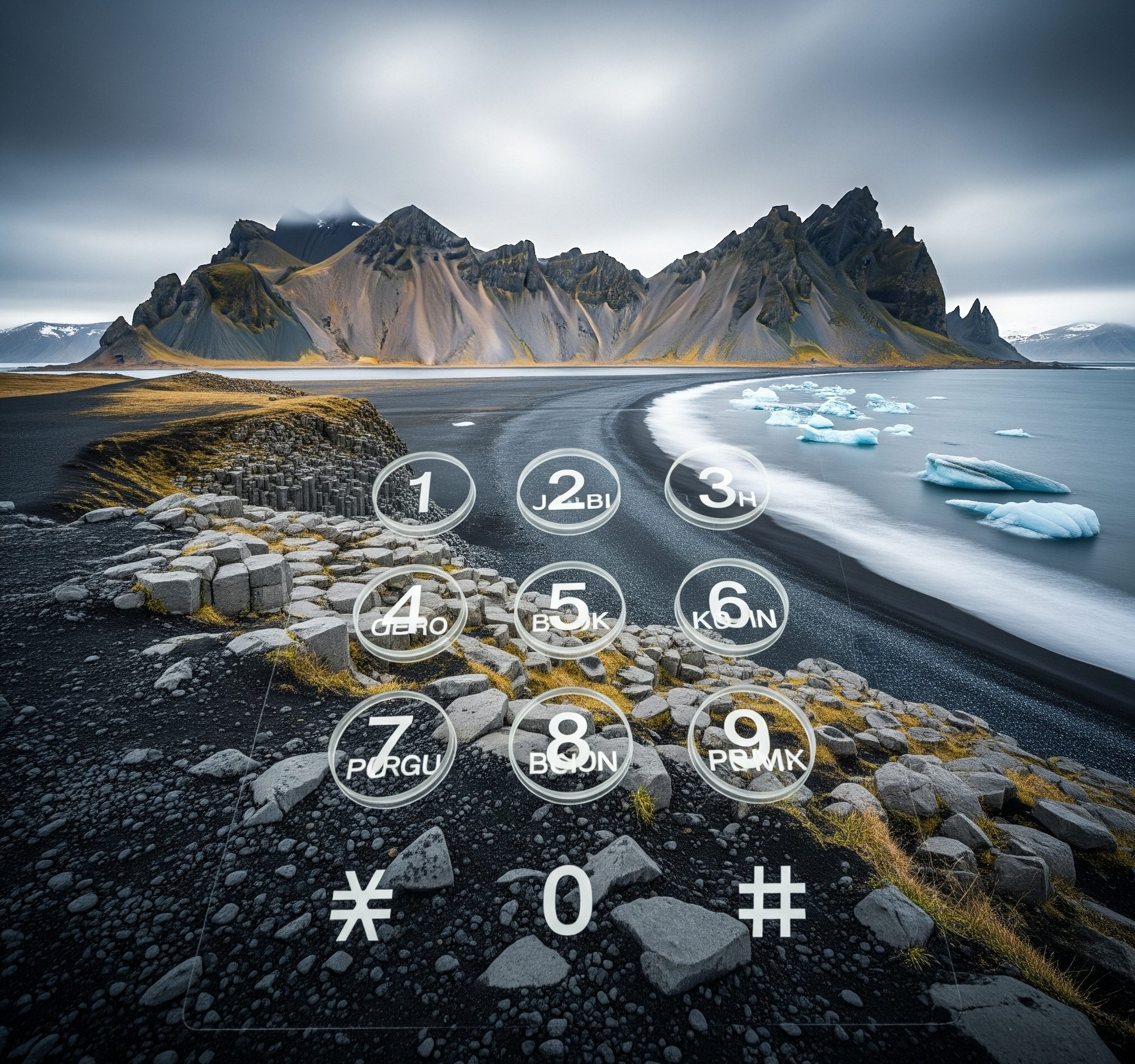
How to Dial Chile from the United States
If you’re an American in the United States looking to connect with someone using a mobile phone in Chile with a 569 country code, here’s a step-by-step guide:
- Dial the U.S. Exit Code: Start by dialing “011”. This is the international direct dial (IDD) access code from the United States.
- Enter the Country Code/Mobile Prefix: Next, dial “569“. This specifically directs your call to a mobile network in Chile.
- Dial the Local Mobile Number: Finally, dial the subscriber’s local mobile number in Chile.
So, the full dialing format would typically look like: 011 – 569 – [Chilean Mobile Number].
It’s always a good practice to double-check the complete number with the person you are trying to reach, as local numbering plans can sometimes have variations or require additional digits.
Beyond the Digits: Connecting with Chile
Knowing how to use the 569 country code is more than just memorizing numbers; it’s about enabling connections. Chile, a vibrant country stretching along the southwestern coast of South America, has a dynamic economy and rich cultural heritage. From the bustling streets of Santiago to the breathtaking landscapes of Patagonia, Chile offers diverse opportunities for business, tourism, and cultural exchange. Effective communication is the bedrock of these interactions.
For American businesses engaging with Chilean counterparts, understanding these dialing nuances ensures smooth operations. For individuals with friends or family in Chile, it facilitates keeping in touch. The ease of international communication provided by these standardized codes plays a vital role in fostering global relationships.
The Ever-Evolving Landscape of Telecommunications
The world of telecommunications is constantly evolving. While traditional landline and mobile networks remain crucial, Voice over Internet Protocol (VoIP) services and messaging apps (like WhatsApp, Skype, and FaceTime) have also revolutionized international communication, often bypassing the need for traditional country codes directly. However, for direct phone calls, especially to established landlines or for those who prefer traditional calling methods, understanding codes like the 569 country code remains essential.
Conclusion
The 569 country code serves as a vital key for unlocking communication with mobile users in Chile from the United States. By understanding its specific application, Americans can confidently navigate international dialing and maintain seamless connections. In a world that is increasingly connected, mastering these seemingly small details contributes significantly to effective global interaction, bridging distances and fostering understanding across borders.

